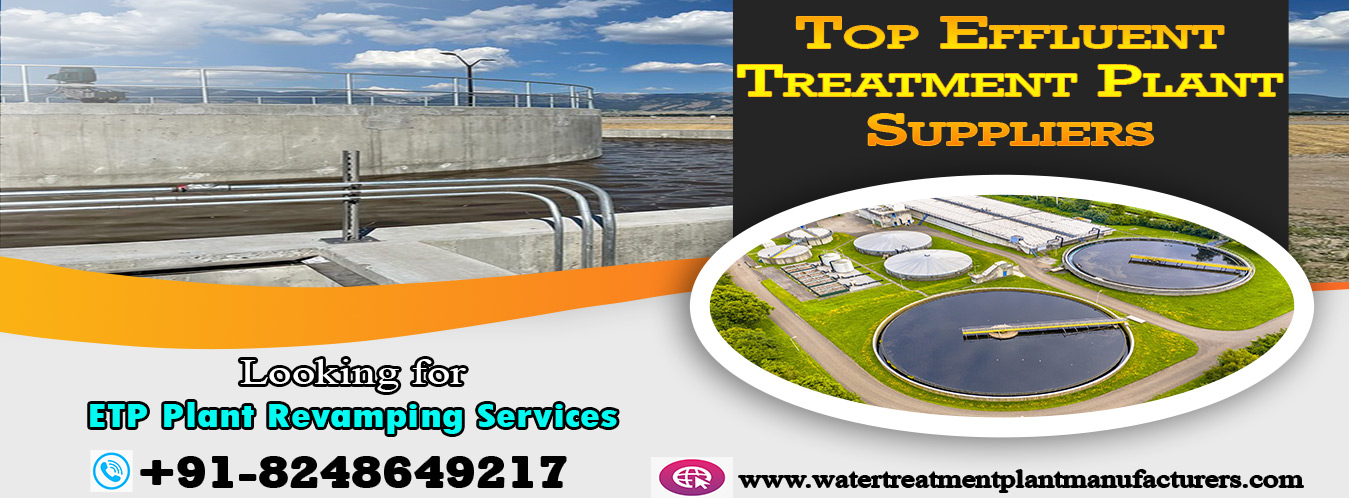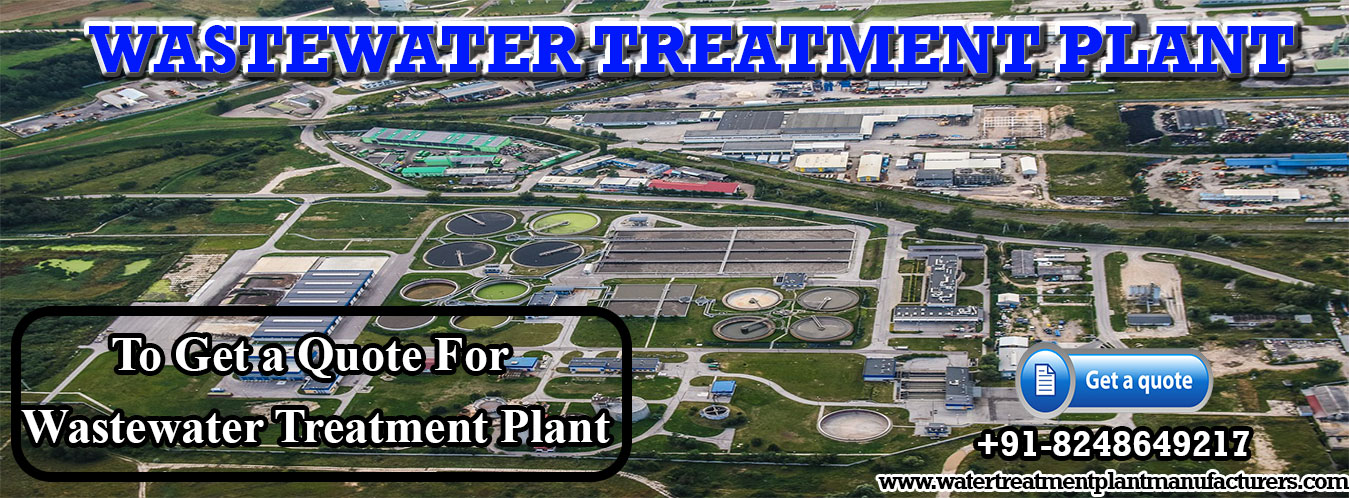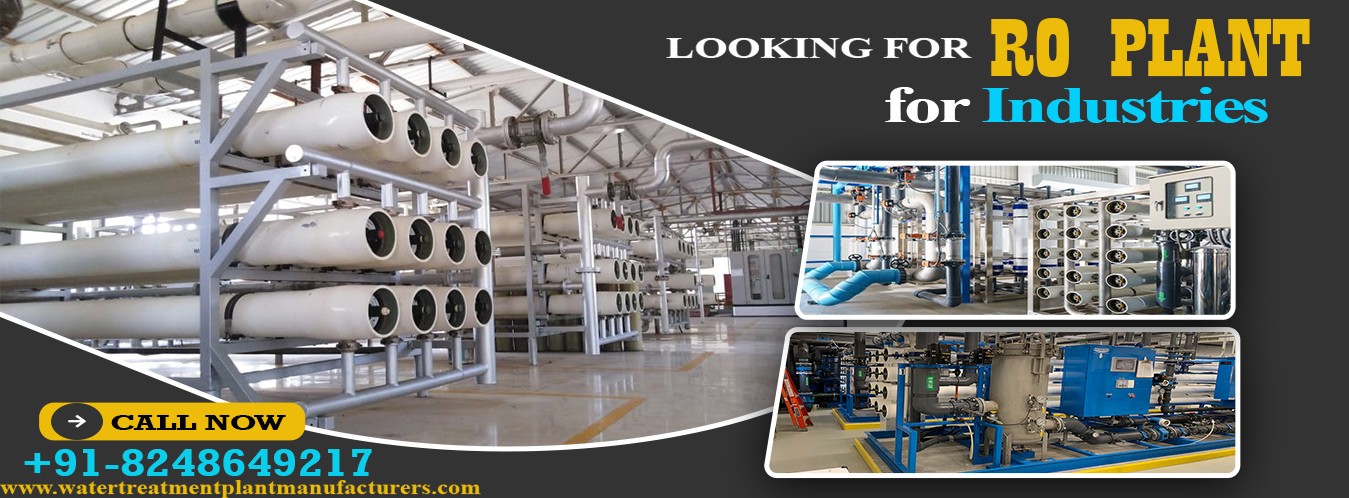
WELCOME
GJ WATER TECHNOLOGIES

WELCOME
GJ WATER TECHNOLOGIES

WELCOME
GJ WATER TECHNOLOGIES

WELCOME
GJ WATER TECHNOLOGIES
An ETP plant assumes a vital part in safeguarding the climate against unsafe effluents. Different industrial interaction delivers weighty metals, natural and non-natural matter, grease and oil, homegrown sewage, suspended particles, and different contaminants. In the event that these unsafe contaminants are not discarded safely, they could adversely affect the environment. To this end the ETP plant comes in. It detoxifies, kills and treats effluents. We give an eco-friendly and reasonable waste administration solution, with our extensive variety of pre-created ETP manufacturers in India. We offer self-loader, manual and completely programmed ETP activity choices according to explicit prerequisites. Reach us to additionally talk about your prerequisites.
The Effluent Treatment Plant process in chemical industry includes the evacuation of waste material and natural toxins from industrial processes. The ETP plants help to limit the unfavorable effect on the environment and advance the protected release of water into the environment.
The pharmaceutical industry discharges waste that contains solvents, chemicals, and different effluents. The Effluent Treatment Plant process in pharmaceutical industry includes anaerobic treatment, layer filtration, and different processes to limit the All out Disintegrated Solids (TDS), Complete Suspended Solids (TSS), Compound Oxygen Interest (COD), and other pharmaceutical effluents.
The Effluent Treatment Plant process in textile industry includes the partition of microorganisms like growths, green growth, and microbes from the colors present in the effluent water.
The ETP plant process in sugar industry includes physical, compound, and biological processes to eliminate debasements and pollutants from wastewater.
In the dairy industry, natural components in wastewater are irreplaceable. In the ETP plant process in dairy industry, the wastewater is dealt with naturally, vigorously, or anaerobically for safe release into water or land.
This type of treatment includes the actual expulsion of suspended solids and huge particles from wastewater. Processes like screening, sedimentation, and filtration are usually used to isolate solids from fluid effluents.
Chemical treatment strategies include the utilization of chemical substances to kill, hasten, or artificially change poisons present in wastewater. Coagulation, flocculation, oxidation, and pH change are instances of substance processes utilized in ETPs.
Biological treatment uses microorganisms, for example, microbes and parasites to separate natural matter in wastewater. Processes like actuated slop, high-impact absorption, and anaerobic assimilation are utilized to corrupt contaminations and decrease the natural heap of effluents.
High level ETPs utilize state of the art innovations, for example, layer filtration, invert assimilation, particle trade, and bright (UV) sanitization to accomplish more elevated levels of effluent quality. These advancements are especially compelling in treating complex modern effluents and creating water reasonable for reuse.
Effluent Treatment Plants are key in moderating the natural effect of wastewater release from industrial and city sources. By utilizing different treatment techniques, ETPs actually eliminate poisons, safeguard normal resources, guarantee administrative consistence, and advance maintainable turn of events. Their multi-layered benefits envelop ecological security, general wellbeing improvement, resources recuperation, and corporate obligation, making them basic to present day wastewater the executives rehearses.
An Effluent Treatment Plant (ETP) Manufacturers in India is a system designed to treat wastewater that has been debased by industrial activities before it's released into the environment. This process helps with removing dangerous chemicals and contaminants from wastewater, guaranteeing it consents to natural guidelines. The Effluent Treatment Plant in Chennai (ETP) works through physical, chemical, and organic treatment processes where contaminants are remove from the water utilizing various strategies. These strategies range from sedimentation, flocculation, and coagulation to the initiated sludge process.
The Service of Climate and Environmental Change has set down severe guidelines for an assortment of manufacturing companies, including electroplaters, phosphate industries, paper industries, steel factories, sugar factories, colouring industries, food and beverage industries, Pharma and medication plants, tanneries, and vehicle manufacturing industry. In that capacity, Effluent Treatment Plants (ETPs) are an efficient method for moderating energy and killing contaminated effluent from the Manufacturing Area.
Effluent treatment plant (ETP) manufacturers assume a critical part in tending to natural worries by planning and creating systems that successfully treat industrial wastewater. These manufacturers represent considerable authority in making ETP Plants that follow regulatory principles, guaranteeing the expulsion of poisons and pollutants from regulatory effluents before their release.
ETP Water Treatment Plant is a facility designed to purify and treat water debased with industrial contaminations. The essential goal is to dispose of or reduce unsafe substances, protecting water resources and the climate. ETP water treatment plants use different advances to guarantee the efficient expulsion of contaminations and the creation of treated water reasonable for safe release.
Effluent plant construction includes the actual execution of effluent treatment plants. Construction groups team up with architects and engineers to raise the essential infrastructure, including tanks, pipelines, and treatment units. This phase guarantees that the Effluent Treatment Plant is worked with built, complying with somewhere safe guidelines and natural guidelines.
Industrial effluent treatment plants are specific facilities designed to treat wastewater created by industrial cycles. These plants are tweaked to address the extraordinary composition of industrial effluents, guaranteeing that pollutants are removed or reduced to satisfactory levels before the treated water is released into the environment.
Effluent treatment plant setup includes the installation and commissioning of the whole effluent treatment system. This process incorporates arranging equipment, connecting pipelines, and leading tests to guarantee the plant works effectively. A professional setup is fundamental for the drawn out viability of the Effluent Treatment Plant.
Effluent treatment plant equipment alludes to the different parts and equipment utilized in the treatment process. This incorporates pumps, filters, clarifiers, and chemical dosing systems. Great and dependable equipment are critical for the legitimate working of a Effluent Treatment Plant, guaranteeing successful expulsion of contaminations.
ETP manufacturers have some expertise in the production of Effluent treatment plants. These manufacturers design, fabricate, and gather the parts essential for treating industrial wastewater. They assume a crucial part in giving sustainable solutions for ecological protection and administrative consistence.
Effluent treatment plant consultant offer ability in planning and executing effective wastewater treatment solutions. These experts exhort on plant setup, technology selection, and regulatory compliance. Specialists contribute significant experiences to guarantee that Effluent treatment plants fulfil ecological guidelines and work successfully.
Effluent treatment plant project contractors are responsible for overseeing and executing the construction of ETP projects. These contractors regulate the whole project lifecycle, from planning and design to construction and charging. Their job is critical in conveying a completely utilitarian Effluent treatment plant on time and inside budget.
Effluent treatment plant companies envelop a different scope of associations engaged with the design, manufacturing, construction, and activity of ETPs. These organizations team up to give complete solutions for industrial wastewater treatment, tending to natural worries and administrative prerequisites.
Effluent treatment plant annual maintenance contracts (AMC) include continuous maintenance and backing services given by specific firms. These contracts guarantee the nonstop and proficient activity of the Effluent Treatment Plant, including normal reviews, equipment overhauling, and investigating to prevent margin time.
Operations and Maintenance (O&M) for Effluent Treatment Plants include the everyday management and maintenance of the facility. This incorporates routine inspections, process optimization, equipment maintenance and troubleshooting. Effective O&M is fundamental for the supported presentation and compliance of effluent treatment plants after some time.
An effluent plant, also known as a wastewater treatment plant, is a facility designed to treat and purify wastewater before it is discharged into the environment. It is essential to prevent pollution of natural water bodies and ensure compliance with environmental regulations.
Effluent plant manufacturers specialize in designing, building, and installing wastewater treatment systems tailored to your specific needs. They ensure that your plant operates efficiently and meets all regulatory requirements.
Consider factors such as the manufacturer's experience, reputation, track record, expertise in your industry, and the ability to customize systems to your requirements. Request references and compare quotes from multiple manufacturers.
Manufacturers can provide various types of effluent treatment plants, including sewage treatment plants, industrial wastewater treatment plants, and specialized plants for specific industries like food processing or pharmaceuticals.
Many manufacturers offer turnkey solutions, which include design, manufacturing, installation, and ongoing maintenance. However, it's essential to clarify the scope of their services before starting a project.
Effluent treatment plants typically include components such as screens, pumps, clarifiers, aeration systems, and chemical dosing units. Manufacturers can supply these components and assemble them into a complete system.
The timeline can vary depending on the size and complexity of the plant, regulatory approvals, and site-specific factors. Manufacturers will provide project timelines during the planning phase.
Environmental regulations vary by location and industry. Manufacturers should have knowledge of local regulations and assist in obtaining the necessary permits for your project.
Many manufacturers offer maintenance contracts and ongoing support to ensure the efficient and continuous operation of your effluent treatment plant.
Costs depend on the size, complexity, and customization of the plant. Manufacturers will provide detailed cost estimates, including equipment, installation, and ongoing operational expenses.
Yes, many manufacturers offer services to upgrade and improve existing effluent treatment systems to meet changing regulatory requirements and improve efficiency.
Regular maintenance, monitoring, and adherence to recommended operating procedures are essential. Manufacturers can provide guidance and support in this regard.
Manufacturers often provide warranties on their equipment and systems. The terms and conditions of these warranties should be discussed and documented before the project begins.
Yes, many manufacturers offer operator training and provide documentation to ensure that plant personnel can efficiently operate and maintain the treatment system.
Begin by researching and contacting potential manufacturers, discussing your project requirements, obtaining quotes, and evaluating their capabilities and references. Choose the manufacturer that best aligns with your needs and budget.
A sewage treatment plant, likewise called a wastewater treatment plant, is an office where an individual's wastewater from their toilets, sinks, and tubs is cleaned. They are an essential piece of the sterilization cycle to guarantee the safety and security of everybody locally. More often than not, sewage treatment plants handle all the wastewater from homes and business foundations in a space.
Sewage the board is very important since, supposing that sewage blends in with groundwater, it will bring about tainting. Wastewater contains contaminants like ammonium, nitrate, nitrogen, and phosphorous. A few infection conveying microorganisms like microbes, infections, protozoa, and parasites are additionally present.
This expects plumbing to be laid to serve two arrangements of storage tanks on the tops of any private/business building. One bunch of storage tanks will be utilized to get and store new water which will move through plumbing laid to take it to restrooms and kitchens where it very well may be utilized for drinking, cooking, washing and bathing.
Treatment of sewage depends on a strategy given ordinarily. At the point when a consistent steady stock of air is pumped into a tank containing sewage which has been screened to eliminate all drifting flotsam and jetsam and non solvent items in sewage, microorganisms which are available in it get enacted. These microorganisms are available in the slime which makes up a significant piece of sewage, and they consume the poisons in the sewage while the air supply rejuvenates them and keeps them alive and multiplying.
The assortment tank gets topped off frequently and big haulers need to come habitually to purge the spilling over tanks. The treated water begins smelling foul promptly after storage for reuse. There is maximum usage of treatment chemicals and electricity, which is improbable assuming the plant, is working appropriately. There is a huge volume of smelling slime delivered from the STP.
